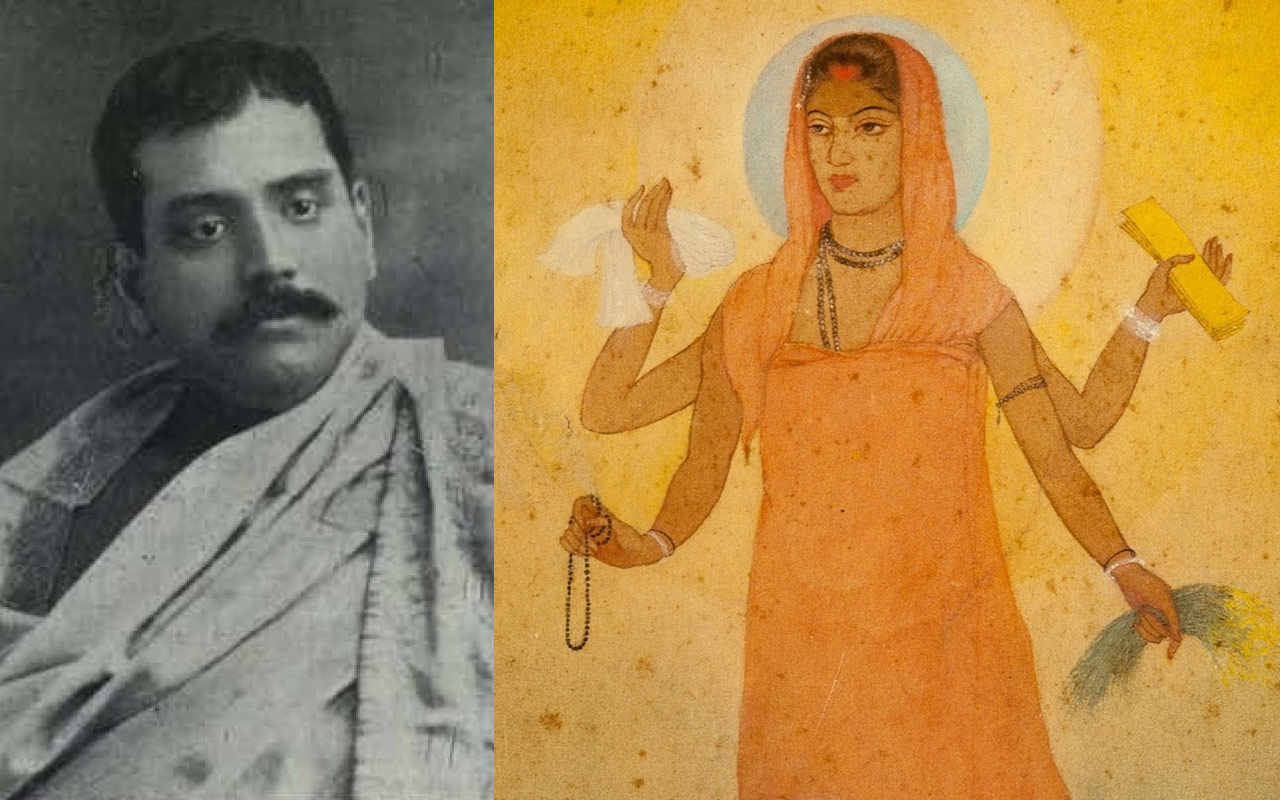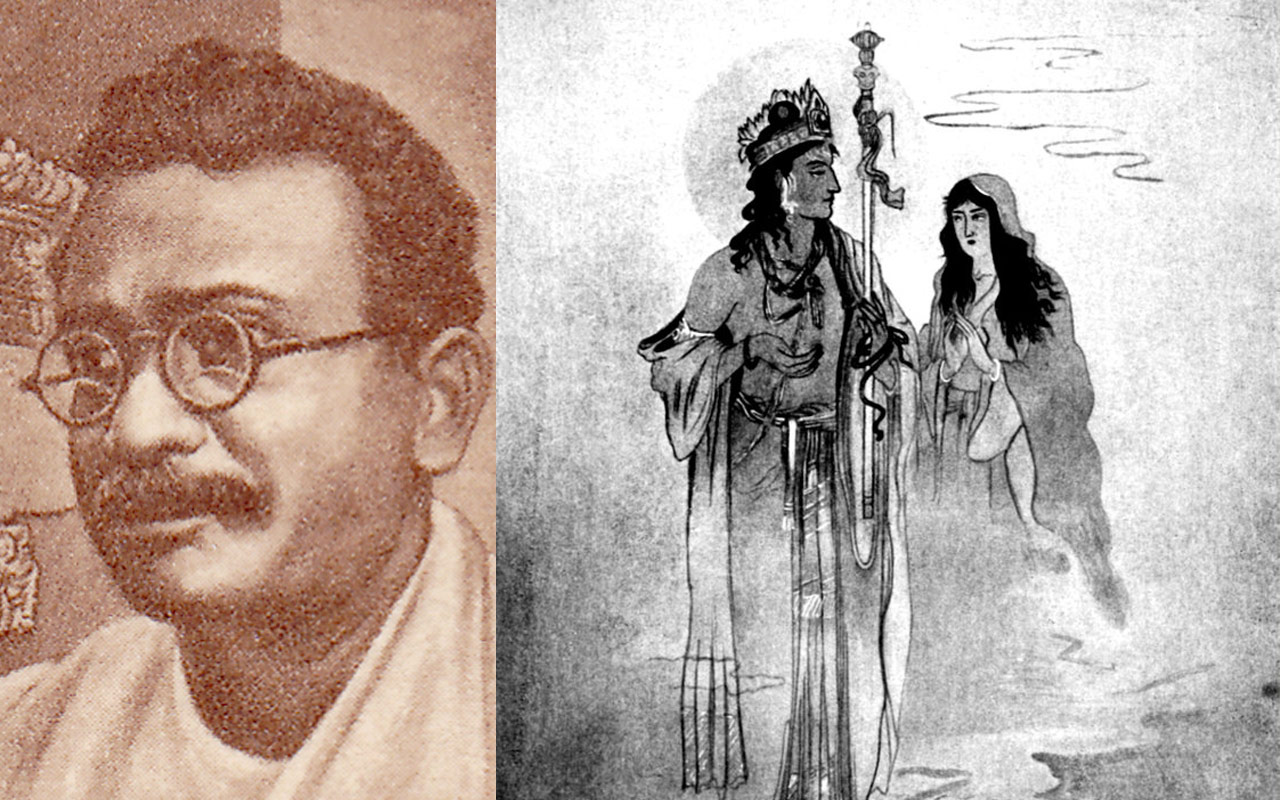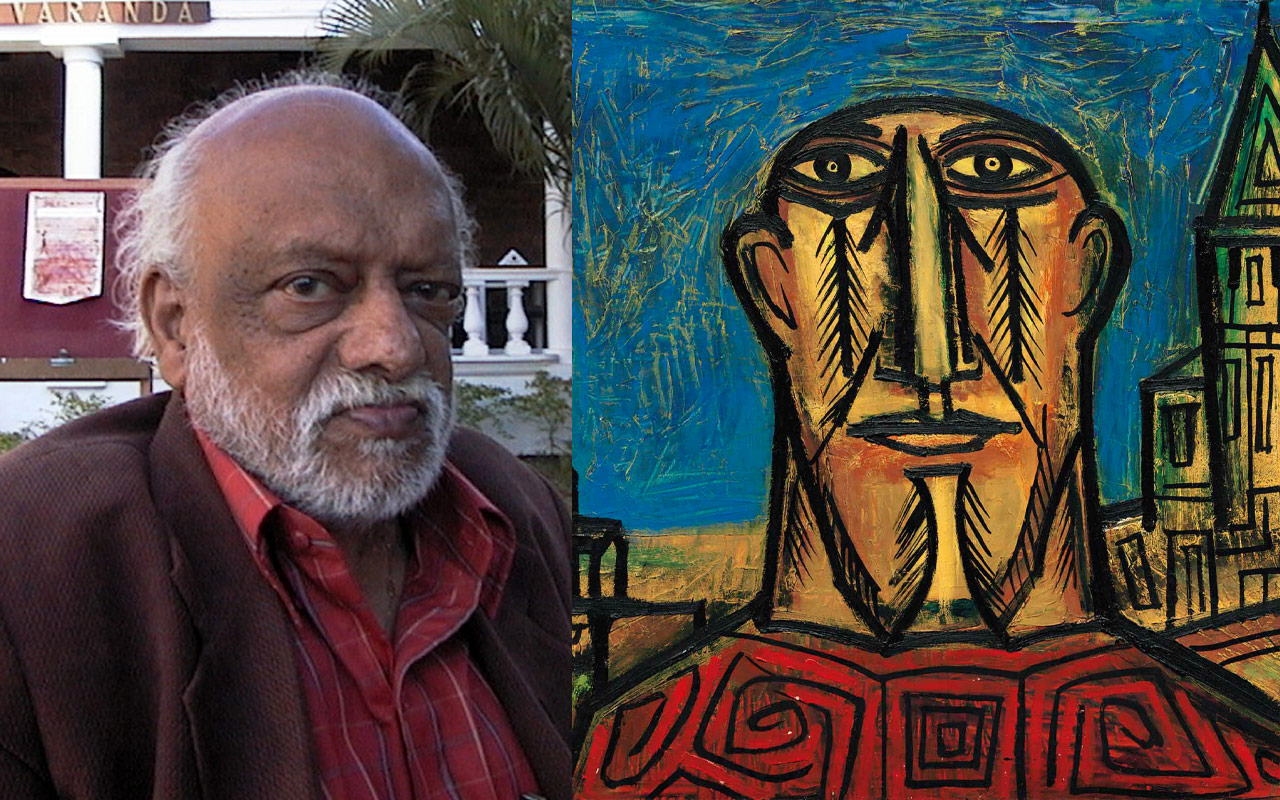
There are 84 forts in the historic city of Mewar. Kumbhalgarh fort is one of them. These fortresses were the sign of prestige and power of the Rajputana. The 15th-century king of Mewar pushed the boundaries of the rule from Ranthambore in Rajasthan to Gwalior in Central India (present-day Madhya Pradesh). The construction of 32 defensive forts accompanied this expansion. Kumbhalgarh fort was one of these.
Geography of the Kumbhalgarh Fort

Located in the Aravalli range in Mewar, the fort stands on the hilltop, 3,600 ft above sea level. The view from up there would be captivating, right?
The fort escalates the prestige of the Rajsamand district. Moreover, it is located close to the tourist city Udaipur and hence attracts many tourists and visitors. The presence of 13 mountain peaks surrounding the fort makes it one of the most impregnable fortresses in the country. The Banas River beside the defence makes the scene from the citadel ethereal.
History of the Kumbhalgarh Fort
The construction of the great fort began in 1443, under Rana Kumbha, the Maharana of Kumbhalgarh. The inordinate marvel took fifteen years to complete. The wall would collapse again and again, making the initial efforts to construct the wall drown in vain. Finally, the king offered a human head to the god to continue the further, uninterrupted construction. The locals extend this story till date. The place where the volunteer’s headless body fell became the beginning location. The main gate stands at that place. According to the records, the spot finalized by the king is 7 kilometres away from the actual location.
Foundation laid in the Mauryan era

The first attempts to capture the fort spot dates back to the 2nd or 3rd century. However, the history preceding the incident is unclear. The historians are in a murk about what happened to the region from the 3rd century to the 15th century. The Mauryans were probably not successful in turning the area into a defensive fort zone. Or maybe they just wanted to construct temples in the region as backed by historians; Samprati king was peaceful and kind.
Renovation in the 19th century
The combined forces of Mughal Emperor Akbar, Raja Man Singh of Amber, and Marwar’s Raja Udai Singh tried to destroy the fort. Renovation became inevitable owing to the destruction caused by the invasion attack. The fort’s renovation began in the 19th century.
The fort holds utmost importance in the state and is the second most significant fort. First is the fort of Chittorgarh.
Architectural Wonders of Kumbhalgarh

The frontal defensive wall is the most bodacious and eye-catching attribute of the fort. It is approximately 15 meters wide and 36000 meters long, running along the hilly terrain of the Aravalli range. It is often said that the broad walls have space to accommodate seven to eight horses.
The snake-like zig-zag long wall is the main focus of this monument. The continuous wall going up to the hilltop seems to touch the sky and attempt to reach heaven. The staircase depicts the congested architectural style. The sharp turns served in slowing down the enemy forces. The strategic spots present along the wall give a clear view of the Thar desert. Despite being a magnificent and grand fort, it is not visible from a distance beyond 500 meters. This feature helped the fort remain hidden from the enemy forces. This architectural style reveals the main agenda of constructing the Qila. The interiors of this double-storey fort include greenery patches, terraces, open courtyards, rainwater reservoirs, and big chambers, and the Kumbha Mahal (a quarter of the king).
Later in 1578, the general of the Mughal emperor Akbar built the Badshahi Bavdi in the fort. This stepped tank was constructed to provide drinking water to the fighting army troops.
The Seven Gates of Kumbhalgarh

Hanuman Pol is the main gate of the fortress. The holy shrine near the gate commemorates the sacrifice of the man who volunteered to give his life for contriving the fort. There are seven gates of the fort- the Arait Polis is the first grand gate, followed by Hulla Pol, Hanuman Pol, Ram Pol, Bhairava Pol, Paghra Pol, Top-Khana Pol, and Nimboo Pol. Rana Fateh Singh built a small palace on the top of the fort, called ‘Badal Mahal’. This palace was a part of the renovation plan of the 19th century.
Temples in Kumbhalgarh

There are 360 temples in the complex of Kumbhalgarh fort. 60 temples out of these are Hindu temples, while the rest are dedicated to Jainism. The construction of these temples took 22 centuries.
The grandson of Ashoka the Great of the Mauryan empire, King Samprati, also contributed to his grandfather’s social aspects. The 224 BCE ruler paid particular attention to the propagation of Jainism in West and South India. Many Jain temples were built around the country under his reign. 300 Jain temples in the Kumbhalgarh fort are a part of King Samprati’s efforts.
Birthplace of Maharana Pratap

The birth of the brave warrior Maharana Pratap is one of the biggest glories of the fort. The birth of Mewar Naresh Maharana Pratap in 1540 added to the significance of the fort in ancient and present times. His father, Maharana Udai Singh II, ruled from the Palace in Chittorgarh; however, Rani Jeevant Kanwar came to the Kumbhalgarh Qila to give birth to her eldest son. The title of Crown Prince was given to Maharana Pratap right after his birth and became the 54th destined ruler in the line of Sisodiya Rajputs.
The Kumbhalgarh fort holds substantial importance as it marks the point of severance between the historic cities of Mewar and Marwar.
Great Wall of India

Why envy the Great Wall of China when you have your own! The Great Wall of India is the second-largest wall in the world. It is second only to the Great Wall of China, which took approximately 200 years, in contrast to the Great Wall of India, which took about 15 years to complete. The name by which we know our very own ‘Great Wall of India’ is ‘Kumbhalgarh fort’. The fort takes its place among the most famous UNESCO World Heritage Sites owing to its 36 kilometres long wall.
Conclusion
The Kumbhalgarh Qila is a wonder of ancient times. It has a long history varying from Mauryas to the reign of Rajputs to the attempts of invasion of Mughals. The fort stood for the sole purpose of defence. It is evident from the five canons in the top khana. Although, today, it has turned into a historical site and museum. People visit the fort to look at its grandeur and revolutionary designs.


































































































